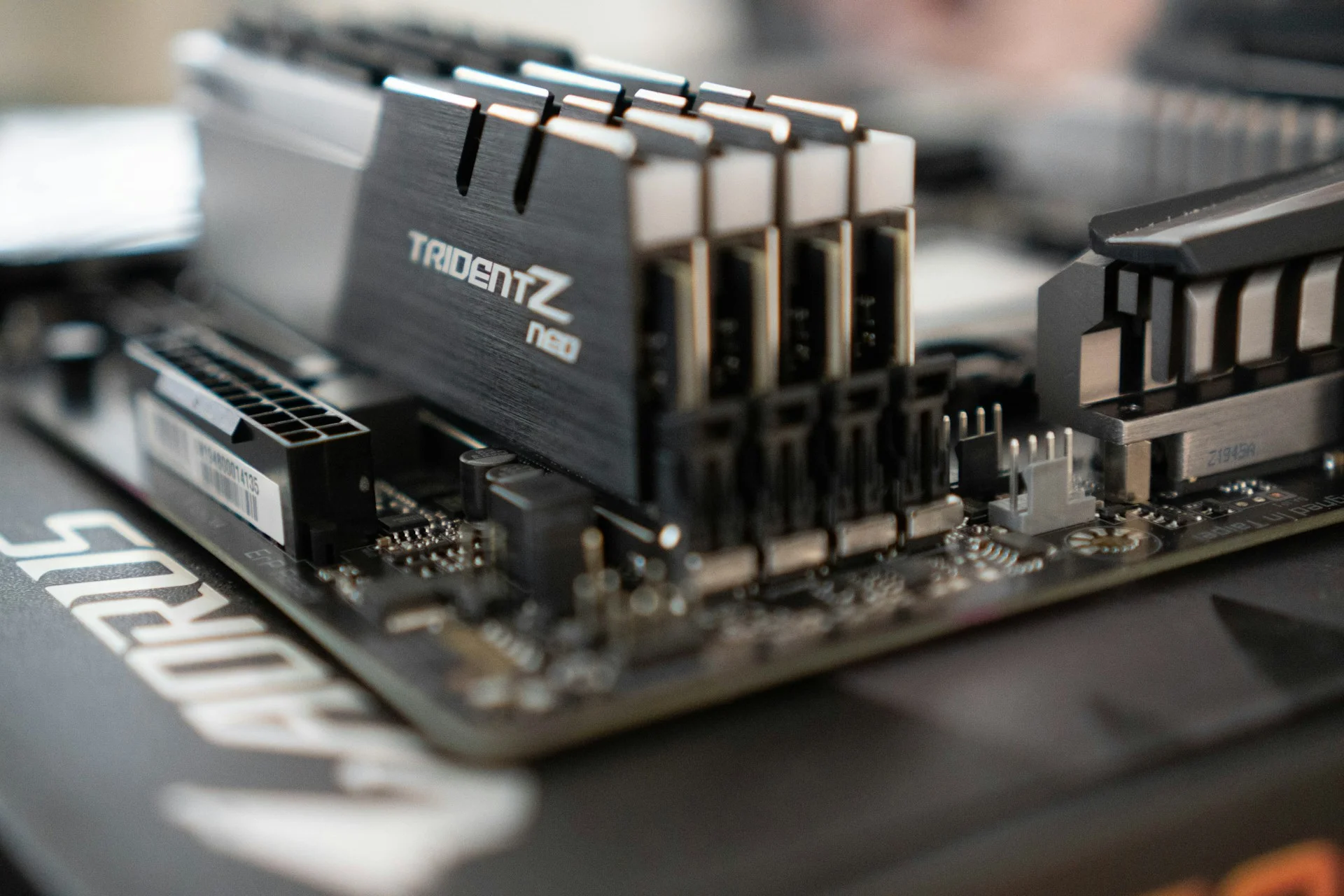Why Are RAM Prices Increasing? Understanding the 2025 Memory Surge
Ever noticed your PC upgrade budget stretching less and less? You're not imagining things. RAM prices have been quietly creeping up, and understanding why is crucial for any PC builder or tech enthusiast. The memory market, once known for steady discounts, now sees prices jump unpredictably. So, what's behind this surge, and what can you do about it?
According to TrendForce, DRAM chip prices jumped 7.1% in early November 2025, while 512 GB TLC NAND wafers spiked by 17.1%. These aren't just numbers; they reflect significant shifts in the supply chain, driven by strong demand for AI servers and manufacturers prioritizing high-margin enterprise components over consumer products. Let's break down the key factors.
The Core Drivers Behind the Price Hike
Several structural shifts in the memory market are contributing to the rising prices of RAM. Here's a closer look:
- Tighter Supply: Major memory manufacturers have reduced output for mainstream DRAM and NAND to manage inventory and focus on more profitable segments. This intentional reduction tightens the supply and increases costs.
- AI and Data Center Boom: The rapid expansion of AI and data center deployments is a major factor. Large cloud providers are securing long-term supplies of server-grade DRAM, high-bandwidth memory (HBM), and enterprise SSDs, taking precedence in production schedules.
- Shifting Product Strategies: Manufacturers are increasingly focusing on DDR5, HBM, and enterprise NAND solutions, while allocating fewer resources to lower-margin items like DDR4 or entry-level PCIe SSDs. This shift narrows the supply of consumer-grade memory, leading to higher prices.
Expert Tip: Keep an eye on market updates from industry analysts who track DRAM and NAND supply. These reports often signal production shifts and the impact of enterprise demand on retail availability.
How Rising Prices Affect You
For everyday PC users, the increase in memory pricing impacts both timing and component choices. Here's what you need to know:
- Impact on Mid-Range and High-Capacity Parts: Modules like 32 GB DDR5 kits or 1–2 TB PCIe SSDs now have higher baseline prices. This means adjusting your budget if you're building or upgrading a system.
- Reduced Product Availability: As more wafer capacity is directed toward server-grade components, consumer lines experience slower restocking cycles. Popular options, especially faster DDR5 kits or high-end PCIe 4.0/5.0 SSDs, may fluctuate in price more often.
- Less Value in Waiting for Deals: Even during sales events, the starting prices are higher, so final sale prices may still exceed previous lows. Professionals needing consistent performance should upgrade based on workload needs, not the hope of a perfect discount.
Should You Buy RAM Now, or Wait?
Deciding when to buy RAM depends on your upgrade urgency and how sensitive your workflow is to performance changes. Consider these points:
- Immediate Needs: If your system is struggling with frequent crashes, slow project loads, or insufficient space, waiting might not be worth it. Contract prices are trending upward, and manufacturers prioritize enterprise products, making it unlikely that retail prices will return to early-2025 levels soon.
- Optional Upgrades: If your upgrade is part of long-term planning, monitor price cycles but adjust your expectations. Sales events might offer temporary relief, but discounts will likely apply to higher starting prices. The fluctuation range tends to be narrower for larger capacity SSDs or advanced DDR5 kits.
Practical Approach: Match your buying decision with your workload stability. Tasks like video editing, AI inference, or virtualization benefit significantly from faster memory and storage. In these cases, buying sooner prevents workflow interruptions and the risk of further increases.
Strategies to Navigate the Market
Here's how to plan your next PC upgrade effectively:
- Assess Your Workload Needs: Determine the required capacity, speed, or both. Avoid overspending on specifications that offer little benefit in daily use.
- Track Specific Products: Monitor a small set of products you might buy to recognize a reasonable price when it appears, even if it's not as low as in the past.
- Consider Workload Predictability: If you rely on large projects or resource-heavy tools, upgrade earlier to reduce performance limits during busy periods. For steadier tasks, observe price trends for a few weeks before buying, adjusting your expectations to the current pricing environment.
Alternative Options
If you're hesitant about current RAM prices but still want to build a new setup, consider a barebone Mini PC (0+0 configuration). This provides a fully assembled system without pre-installed memory or storage, allowing you to add your own components when prices are more favorable. It also avoids markups on pre-configured models during supply shortages.
FAQ: Understanding the Nuances
Why is the price of RAM going up?
AI data centers are purchasing large volumes of high-bandwidth memory, reducing the availability of DRAM for consumer PCs. Manufacturers prioritize HBM and server-grade modules, shifting production away from mainstream DDR4 and DDR5.
Why are SSD prices not going down?
Strong demand for NAND flash from AI infrastructure and cloud providers has led to tighter supply. Memory producers allocate more wafer capacity to enterprise customers, leaving less for consumer-grade SSDs.
Will SSD and RAM prices continue to rise?
Prices are likely to stay elevated in the near term due to ongoing demand from AI data centers and limited supply of NAND and DRAM. Production schedules are heavily committed to enterprise components, restricting output for consumer products.
Are DDR4 and DDR5 affected the same way by the price surge?
No, DDR4 has seen more volatile price movements because manufacturers have reduced production in favor of newer standards. DDR5 pricing is more stable, although advanced kits still carry higher absolute costs.

